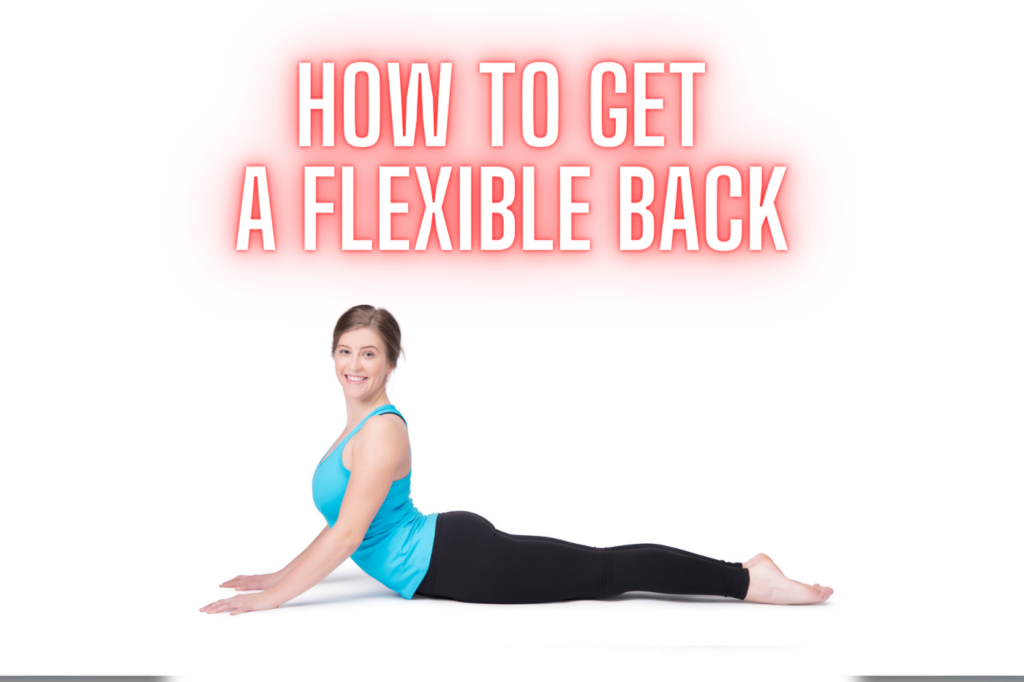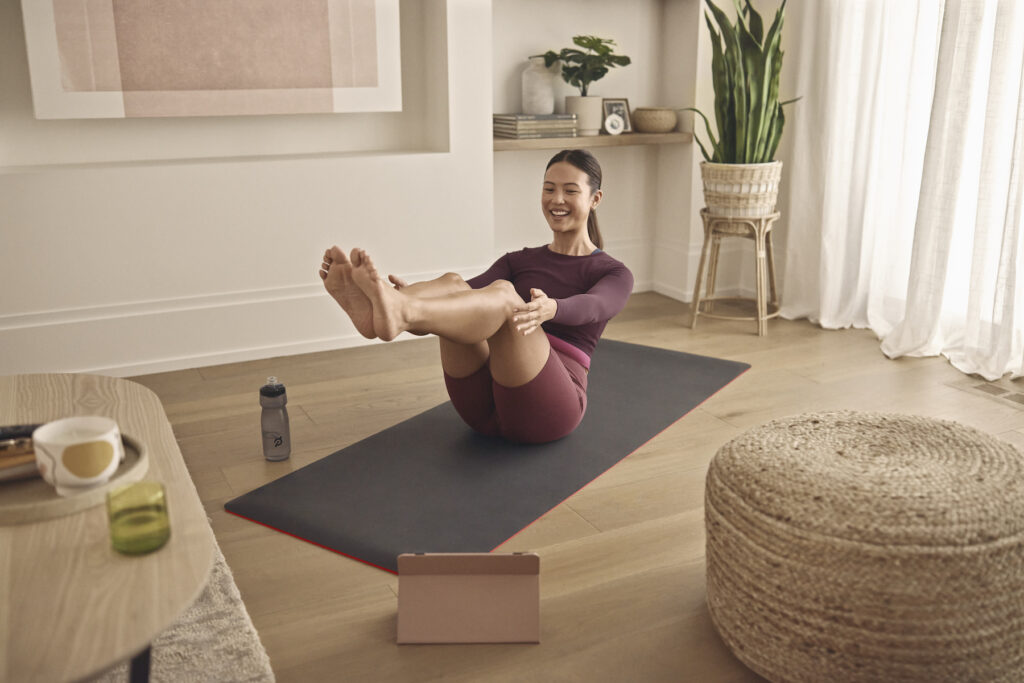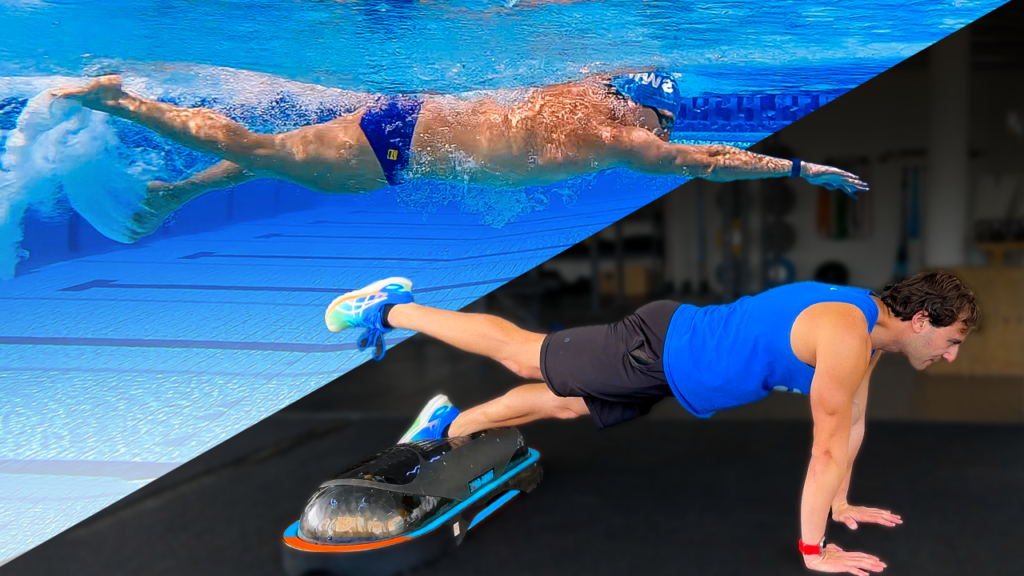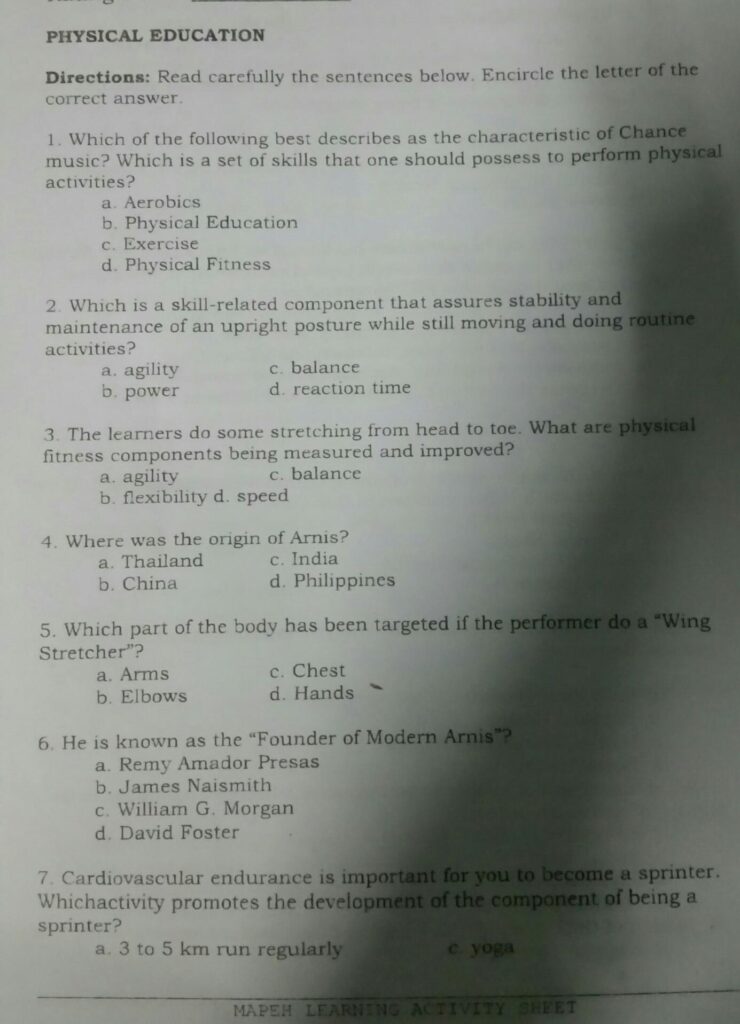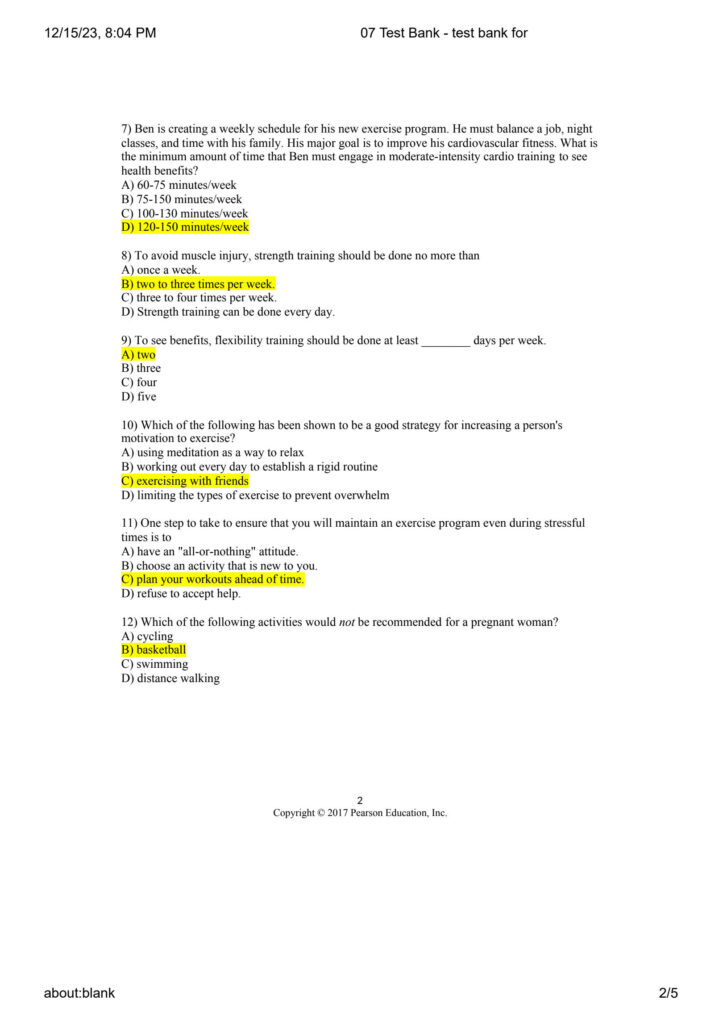To get a flexible back, practice daily stretching and strengthening exercises. Maintain good posture and stay active.
A flexible back enhances overall mobility and reduces the risk of injury. Daily stretching routines, such as yoga or pilates, can significantly improve flexibility. Strengthening exercises, like planks and bridges, support the muscles surrounding the spine. Consistent physical activity, including walking or swimming, helps maintain flexibility.
Proper posture at work or during daily activities prevents stiffness. Hydration and a balanced diet also contribute to muscle health. Remember to listen to your body and avoid pushing too hard. Regular practice and a holistic approach ensure a flexible and healthy back.
The Importance Of A Flexible Back
A flexible back helps maintain a good posture. It keeps the spine straight and aligned. This makes it easier to move freely. Activities like walking and running become smoother. A flexible back also helps in bending and twisting. Everyday tasks feel less tiring.
Having a flexible back reduces the risk of injury. It makes the muscles stronger and more resilient. This prevents strains and sprains. The back can handle sudden movements better. Flexibility also helps in faster recovery from injuries. It keeps the body in good shape.

Credit: www.wikihow.com
Assessing Your Current Flexibility
Touch your toes with straight legs. Try to reach as far as you can. Bend backward slowly and see how far you can go. Note any tightness or discomfort. Use a mirror to check your form. Lie on your back and pull one knee to your chest. Switch legs and compare flexibility. Repeat these tests weekly to track progress.
Set small, achievable goals first. Aim to touch your toes within a month. Increase flexibility by five degrees each week. Stay consistent with your exercises. Focus on improvement, not perfection. Celebrate small wins to stay motivated. Be patient with your progress.
Warm-up Techniques For Safer Stretching
A proper warm-up prepares your body for stretching. It increases blood flow to your muscles. Your muscles become more pliable and flexible. This reduces the risk of injury. Always start with light activities. Walking or gentle jogging works well. Spend at least five to ten minutes warming up.
Dynamic movements help to prepare your back for stretching. These movements are controlled and smooth. Arm circles are a good example. Twist your torso gently. Side bends also help. These movements should mimic the stretches you will do.
Essential Stretching Exercises For A Flexible Back
The Cat-Cow Stretch helps your back move better. Start on your hands and knees. Arch your back like a cat. Hold for a few seconds. Then, dip your back down like a cow. Repeat this five times. It makes your spine more flexible.
The Child’s Pose helps your back relax. Kneel on the floor. Sit back on your heels. Stretch your arms forward. Hold this pose for a few seconds. This stretch helps reduce tension in your back. It also helps to calm your mind.
Advanced Back Flexibility Stretches
Cobra Pose helps to increase lumbar flexibility. Lie face down on the mat. Place your hands under your shoulders. Press your hands to lift your chest. Keep your elbows close to your body. Stretch your spine upward and hold for 20 seconds. Remember to breathe deeply throughout the stretch.
Standing Forward Fold stretches the hamstrings and back. Stand with feet hip-width apart. Bend forward from the hips. Let your head hang down. Try to touch your toes or the floor. Keep your knees slightly bent if needed. Hold the position for 30 seconds. Breathe deeply and relax into the stretch.

Credit: www.youtube.com
Incorporating Props Into Your Stretching Routine
Foam rollers are great for deep tissue release. Roll slowly over tight spots. This helps muscles relax. Use your body weight to apply pressure. Spend extra time on sore areas. Foam rolling can improve blood flow. It also helps reduce muscle soreness. Always breathe deeply while rolling. This keeps your muscles relaxed.
Stretching straps help you reach further. They make stretching easier. Straps help hold your position longer. This improves flexibility. Straps are great for hamstrings and shoulders. They also help with yoga poses. Using straps reduces the risk of injury. They provide extra support. Stretching becomes safer and more effective.
Consistency And Routine: The Key To Lasting Flexibility
A daily stretching schedule helps keep your back flexible. Stretch each morning and before bed. Make stretching a habit, like brushing teeth. Start with easy stretches to warm up muscles. Hold each stretch for 20 seconds. Breathe deeply and relax into each stretch.
Track your progress with a simple chart. Note how far you can stretch each week. Celebrate small improvements to stay motivated. A visual record shows how much you have improved. Consistent effort brings lasting flexibility.
Common Mistakes To Avoid In Back Stretching
Overstretching the back can cause serious injuries. Muscles and ligaments get strained easily. Stretching should always be gentle and controlled. Rushing can lead to muscle tears or sprains.
Listening to your body is crucial. Stop immediately if you feel any sharp pain. Gradual progress is safer and more effective. Consistency matters more than intensity in stretching routines.
Ignoring pain signals is a common mistake. Pain is the body’s way of saying something is wrong. Stretching through pain can cause long-term damage. Always be mindful of your body’s signals.
Taking breaks and allowing your back to recover is important. Resting helps in preventing injuries and promotes healing. Always prioritize safety and well-being in your stretching exercises.
Complementary Practices To Enhance Back Flexibility
Yoga and Pilates help in stretching and strengthening the back. Yoga poses such as Downward Dog and Cobra stretch the muscles. Pilates exercises like Spine Stretch Forward improve posture and flexibility. Both practices increase core strength. A strong core supports a flexible back. Consistent practice leads to better results. Breathing techniques in these practices help relax muscles. Relaxed muscles are more flexible.
Strength training is essential for a balanced approach. It helps build muscles around the spine. Strong muscles protect the back from injuries. Exercises like deadlifts and rows are effective. They target the back and core muscles. Resistance bands and free weights can be used. Start with light weights and increase gradually. Balance strength training with stretching for best results.

Credit: www.wikihow.com
Listening To Your Body: When To Push And When To Rest
Knowing your body’s limits helps prevent injuries. Always listen to your body. Pain is a sign to stop. Stretching too much can cause harm. Take small steps to improve flexibility. Consistency is key, not intensity. If you feel sharp pain, rest immediately. Your body needs time to heal. Respect your limits for best results. Consistency will help you gain flexibility.
Recovery is essential for a flexible back. Muscles need time to repair. Rest days are as important as workout days. Overworking can lead to injuries. Proper sleep helps muscle recovery. Hydration is crucial for muscle health. Always stay hydrated after workouts. Gentle stretching on rest days can help. It keeps the muscles loose and flexible. Balanced nutrition aids in muscle repair.
Frequently Asked Questions
How Do I Make My Back More Flexible?
To make your back more flexible, practice yoga, perform daily stretching exercises, and maintain good posture. Stay consistent.
How Long Does It Take To Get A Flexible Back?
Achieving a flexible back can take 4 to 8 weeks. Consistent stretching and exercises are key. Individual progress varies.
Can You Regain Lost Flexibility?
Yes, you can regain lost flexibility. Regular stretching exercises, yoga, and consistent practice can help improve flexibility over time.
How Can I Regain My Flexibility Fast?
To regain flexibility fast, stretch daily, practice yoga, stay hydrated, and maintain a balanced diet. Consistency is key.
Conclusion
Achieving a flexible back is possible with consistent effort. Incorporate stretching and strengthening exercises into your routine. Listen to your body and avoid overexertion. Regular practice can lead to significant improvements. Remember, patience and persistence are key. With dedication, you can enjoy a more flexible and healthier back.

